Choosing the right Snowboard for an Instructor Course
Buying a snowboard isn’t a straight-forward process. There are literally hundreds of boards on the market and with so much technical jargon and multiple random words often used to describe the same thing it can all get a bit confusing. Don’t worry because we’re here to help! Although we can’t tell you the exact board to buy, because we’re all built differently and ride a snowboard in different ways, we can tell you what board characteristics to look out for when buying a board for an instructor course:
Length: When buying a snowboard for an instructor course it’s advisable that you don’t buy something that is too long or too short. Too long and it’ll be a nightmare for demonstrating at low speeds, and using in the park. Too short and it won’t perform well in the off-piste or be stable-enough for high-end piste-performance and carving. As a general rule, if you have a healthy BMI (body mass index) you should purchase a board that, when placed vertically with the tip or tail on the floor, the opposite end should sit level your chin or mouth. Please be aware that a persons’ weight can have a big effect on the length of board they should buy.
Width: When buying a snowboard it’s important that you buy a board that is wide enough for your feet. With binding angles of +/- 15 on the front and back you should look at a mid-wide board if your feet are above size 9.5 UK. If your feet are above 11 UK then you should consider purchasing a wide board.
Twin / Directional Twin / Directional / Freeride: The aforementioned words refer to the shape of the board. Specifically: the shape of the sidecut; the boards flex; the position of the binding inserts; and the shape of the nose and tail. When purchasing a board to take your instructor exams on it is advisable that you look for a board with either a twin or directional twin shape.
– A Twin shape board is the same shape at both ends (as the name would suggest), the binding inserts are equidistant from the nose and tail, and the flex is consistent throughout with the same amount of flex in the nose and the tail. Twin boards are for those riders who spend a lot of time in the park and ride switch all the time.
– When a board is a directional twin it generally means that although the board will have a twin-shaped sidecut and shape, the flex may be directional (softer in the nose than in the tail) and the stance may be set back slightly. A set back stance means that the binding inserts are a little closer to the tail, than the nose. Directional twin snowboards are for those riders that like to ride the whole mountain, including the park, but spend less time hitting rails.
Profile: The profile of a board is the way that the board sits on the ground. It’s here that buying a board becomes a little more complex. Mainly because almost every snowboard company in the industry has a completely different name for each profile they use. In short, all you need to know is that there are 4 types of profile:
– Camber. Camber is the original ski and snowboard profile and exists when a board bows upwards from the beginning of the effective edge to the middle of the board. Camber makes the board stiffer both longitudinally (along the board) and laterally (across the board) it can also make the board poppy and hold a strong edge in a turn.
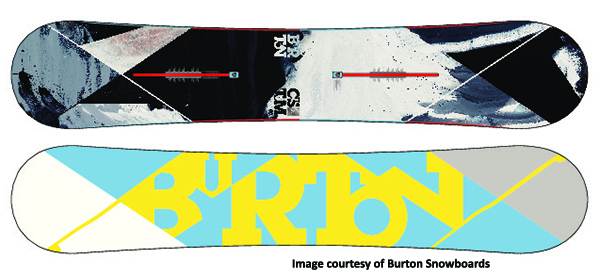
The Burton Custom X has a reputation as being a hard-charging all-mountain board that is ideal for heavier riders and aggressive riders that like to go fast and ride pipe.
– Zero Camber. As the name would suggest a zero camber board has no camber and when the board is placed with its base on the floor it will sit completely flat. Zero camber boards are often easier to jib around on but still hold a good edge in the snow. In most cases they don’t have as much pop or power in turns as a cambered board.
– Rocker. There are more names for the ‘rocker’ profile than there are surnames in Wales, fact. You may have heard rocker being called ‘Banana’, ‘Chilli Dog’, ‘Jib Rocker’, ‘Reverse Camber’ or ‘Rocka’…….the list is endless! In essence they’re all the same thing but with varying degrees of angle. If you were to place a rocker board on the ground it would normally pivot in between the feet. Rather than bending upwards from the start of the effective edge a rocker profile does the opposite and bends downwards. This makes the board bend/flex more easily and gives the board a looser, less-catchy feel when being ridden. Most rocker boards are excellent for learners and are great fun to ride in the park and in powder (due to the added float created). Although there are exceptions to the rule we believe rockered boards do not make ideal snowboards for an instructor examination because they are not as stable and do not hold an edge as well as the other profiles mentioned.
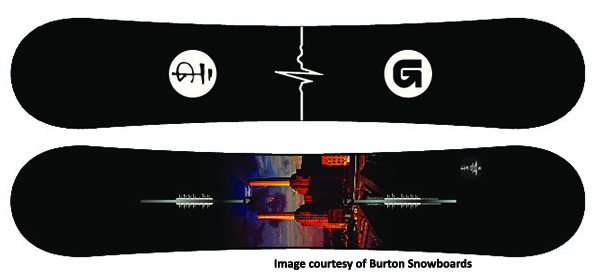
The Burton Whammy Bar is really popular with park and rail riders due to it’s rocker profile and soft flex which allows riders to press and jib more easily.
– Hybrid Profile. For the past 5 years snowboard design has progressed a lot. At the forefront of this progression has been the development of profile design. Snowboard manufacturers realised that a snowboard didn’t have to be camber, rocker or flat but it could be a combination of all three. This realisation has enabled snowboard manufacturers to play-around with profile design and create boards that combine the best qualities of the three profiles. Although some people will always prefer to ride either camber, rocker or zero camber the vast majority of people will buy one board to ride the whole mountain and like to switch between riding styles. Jibbing one minute and freeriding the next! It’s fair to say that hybrid profiles are the best for this.

The Burton Custom has a ‘Flying V’ profile which uses both rocker and camber. The Custom Flying V is a very popular board with instructors because of its versatility.
Base: There’s nothing more annoying than having a slow board. With a slow base you’ll struggle to make it along flat sections of piste and you’ll undoubtedly struggle to find the right speed when hitting jumps. To save yourself from having a physical relationship with the knuckle of every jump in the snowboard park buy yourself a board with a decent high-grade sintered base. More importantly; ensure that you regularly hot wax your board.
All snowboarders that attend a Peak Leaders course can purchase Burton snowboard equipment at a highly discounted rate. This discount not only applies to snowboards, snowboard boots and bindings but trainees can also purchase discounted outerwear, bags, gloves, Anon goggles and R.E.D protective gear.

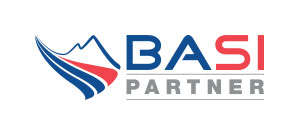




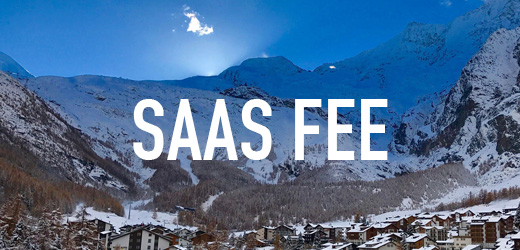
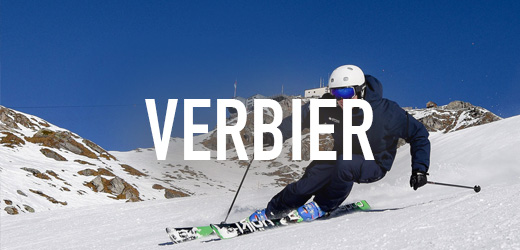
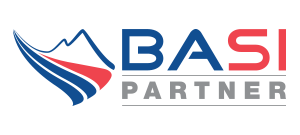
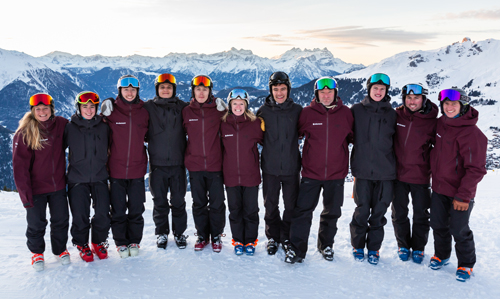

You must be logged in to post a comment.